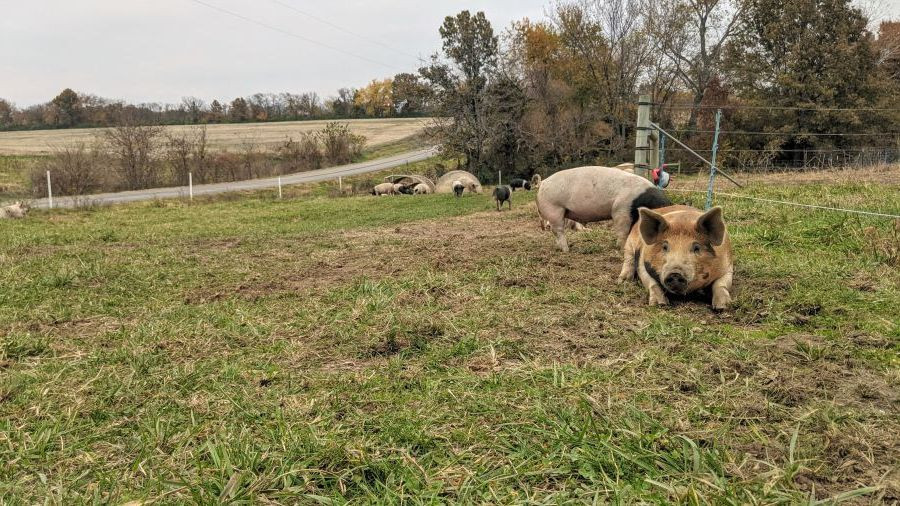7 Valentine's Day Recipes for 2024
posted on
February 10, 2024

Valentine's Day is this week, which means most of us will be eating a little higher on the hog. That's hillbilly for fancy. If you are planning a date night in (like us 🙋) and aren't sure what to serve, I've put together a list of 💖-day recipes for you.
- Gluten-free Chicken Parmesan - for a delicious gluten-free recipe that isn't bland, try Feed Me Pheobe's Gluten-free Chicken Parm.
- Shredded Beef with Au Jus - this mouthwatering spin on a french dip comes from our football-coach-turned-cattleman, John Cox. You can find the recipe here.
- Creamy Potato Soup - this warm winter dish goes perfectly with our Five Pepper Pork Sausage. Get the recipe from Salt & Lavender here.
- Sichuan Spicy Wonton in Chili Oil - mix it up this Valentine's! Kaitlyn and I love asian food, so I had to throw this one in here. This wonton recipe is from Omnivore's Cookbook.
- The Classic...Steak - if you are looking to keep it simple, this is a direction you can't go wrong with. Not your forte? Here are 10 tips for making the perfect steak.
- Greek Sheet Pan Chicken Thighs - for all my fellow dark meat lovers out there, I'm including our favorite recipe for baked chicken thighs. You're welcome.
- Kim's Breakfast Quiche - in case you're planning to serve breakfast in bed, I'll also share my mom's favorite quiche recipe, which I've enjoyed dozens of times. It calls for bacon but could also be made with sausage.
Whatever you make, I know your partner will enjoy it because it was made and served with love. If you happen to get a picture before digging in, please share it on Facebook or Instagram and tag us @davidspasture!
Order your pasture-raised Valentine's Day cuts here.
In good eating,
Remi Kesten



